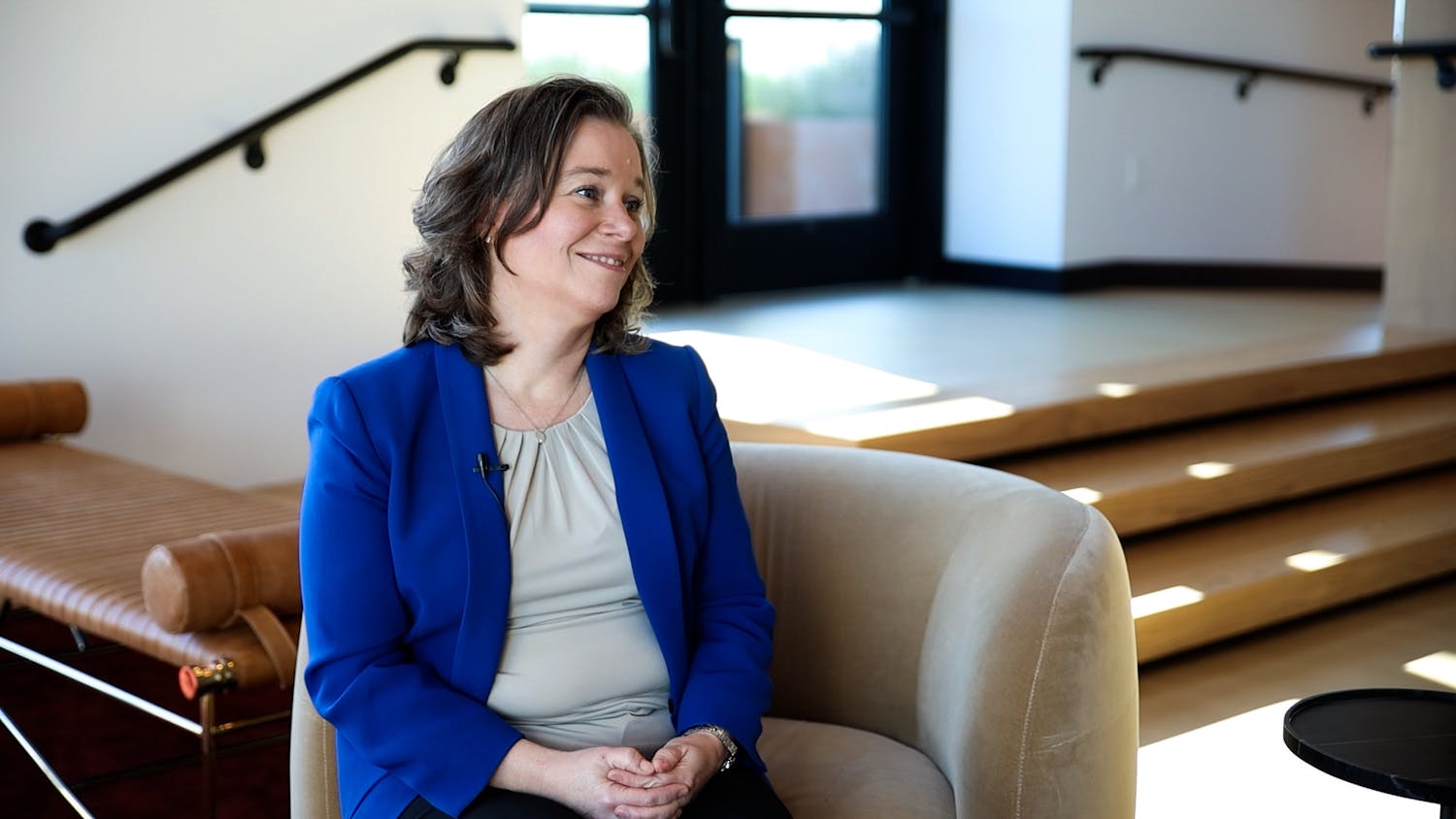Drug research takes a lot of time. The process of creating a new drug candidate takes up to six months of tedious chemistry, and most candidates produced end up without therapeutic effects. But a recent discovery in UW-Madison's pharmacy department may change all that.
Last year, post-doctorate Chengshang Zhang was running a routine test in a lab inside UW-Madison's Pharmacy Building. It was the third or fourth time he had run the reaction, in which an enzyme catalyzed the creation of a drug-sugar compound.
But the reaction seemed to be going backwards. Instead of the end product sticking around, the enzymes were turning it back into the original drug.
According to the current theories of chemistry, that should not even have been possible. Zhang called the anomaly to the attention of UW-Madison pharmacy professor Jon Thorson, who was in charge of the lab.
""That's when the wheels began turning,"" said Thorson. ""It was total serendipity.""
Further experiments proved that reversible reactions, using enzymes, were not only possible, they were a fast and simple alternative to traditional techniques for creating the sorts of drugs commonly used to fight cancer and bacteria.
The experiments also challenged the perception of enzyme processes as only working in one direction.
""We had to figure out what was going on,"" said John Fitzgibbon, a third-year graduate student also working in Thorson's lab.
""It sparked a lot of discussion. But it turned out to be a simple process when you sit down and work it out. It's almost like a green chemistry. You just take your compound, it's naturally produced by organisms, and you don't rely on anything petrochemical.""
Creating drugs is generally not a simple process. Although anti-cancer drugs and antibiotics are often derived from natural substances, they are difficult to modify for medical use.
Drugs are complex chemical compounds, and many of them have one or two sugar molecules attached. Sugar molecules come in an immense variety, and sometimes minor differences in their chemical structure can create significant changes in how the drugs work.
Usually, it is as simple as the drug working or not working. Other times, changing a sugar group just a little may lessen negative side effects.
For example, the anti-cancer drug Doxorubicin is toxic to heart tissue in its natural form. However, tweaking the structure of the sugar attached to the drug makes it less toxic without reducing its usefulness in treating cancer.
Thorson's lab has been working on finding technologies to make this tweaking easier.
""The lab, overall, focuses on glycorandomization [which is] the process of trying to generate a very large set of sugar compounds and adding or modifying sugar groups that are already on compounds,"" said first-year pharmacy student Erin Mancl.
The students, graduates and post-doctorates who work in the lab study different ways to make the additions and modifications.
However, the manufacture of these drugs—even just to study them—is a lengthy process. Convincing the drug compound to accept a specific sugar took a multitude of chemical steps. The discovery of enzyme catalyzed, reverse reactions is immediately useful to the lab's research and could decrease drug development times from months to weeks.
""We can, in a single pot now, make these incredibly exotic sugar donors which used to take us these 15 brutal chemical steps,"" Thorson said.
Basically, the enzymes allow researchers to mix and match the sugar groups they study among different drugs. Researchers can add sugars to a drug, or they can swap a couple of sugars on different drugs. The ease and speed with which Thorson's lab could work on the project meant it got answers sooner. With the publication of their findings in the research journal Science, Thorson and his students hope that their work will spur more advancements in drugs.
""It's been a great project, very productive,"" said Thorson. ""It has a lot of fundamental applications beyond just making drugs.""
""It opens so many doors for us,"" said Fitzgibbon. ""And it's exciting, all the directions we can go.""





